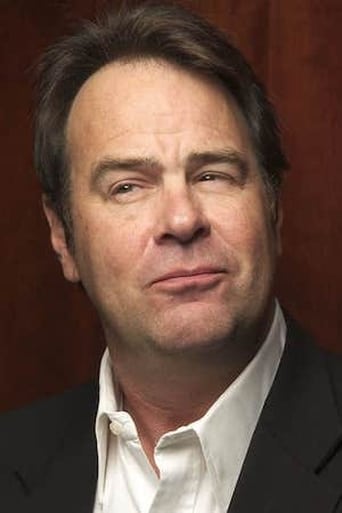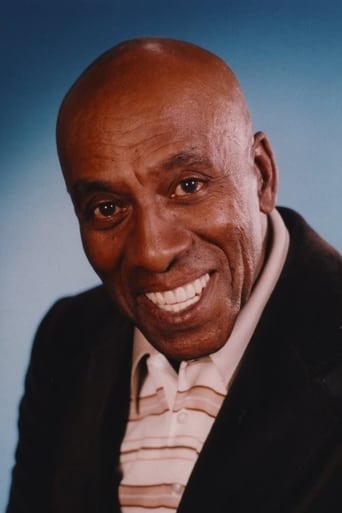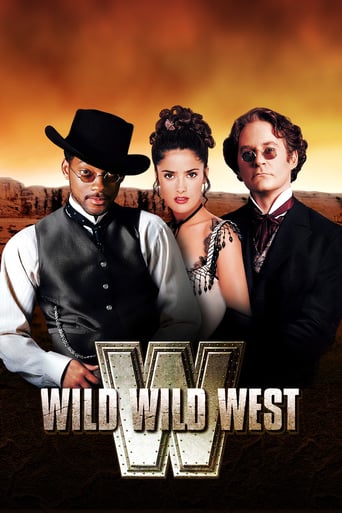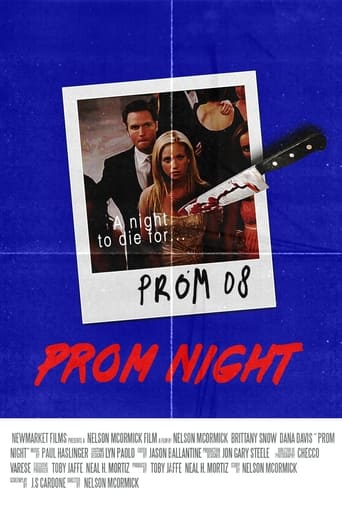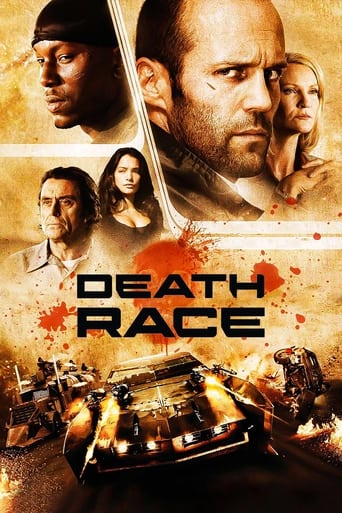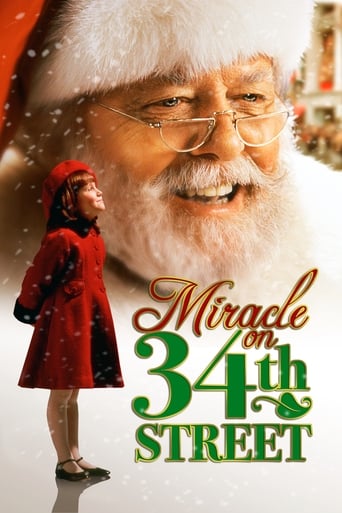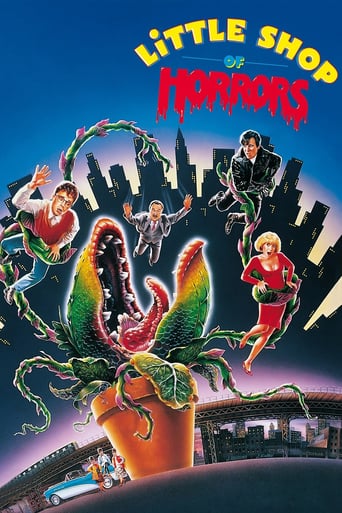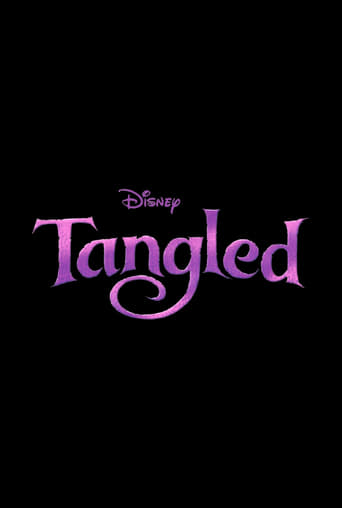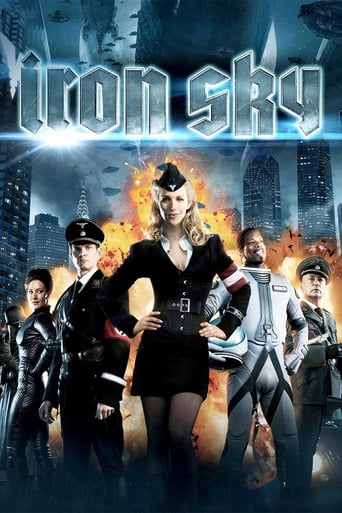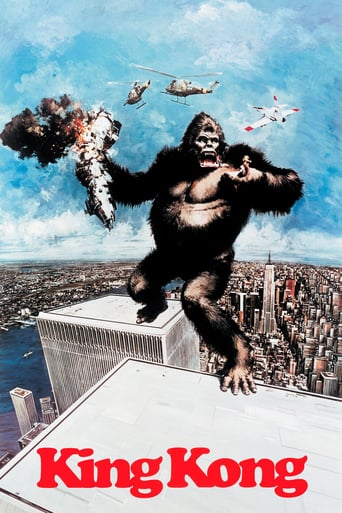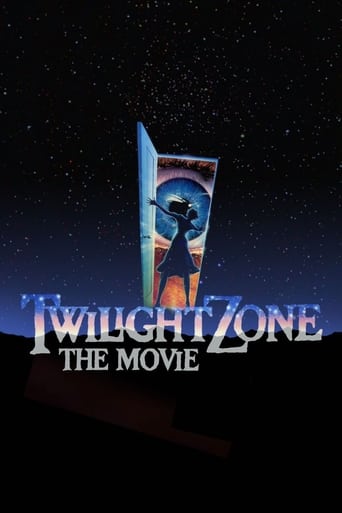

 Watch Now
Watch Now





Twilight Zone: The Movie (1983)
 Watch Now
Watch Now





An anthology film presenting remakes of three episodes from the "Twilight Zone" TV series—"Kick the Can", "It's a Good Life" and "Nightmare at 20,000 Feet"—and one original story, "Time Out."
Watch Trailer
Cast


Similar titles
Reviews
For all the hype it got I was expecting a lot more!
Fun premise, good actors, bad writing. This film seemed to have potential at the beginning but it quickly devolves into a trite action film. Ultimately it's very boring.
Exactly the movie you think it is, but not the movie you want it to be.
All of these films share one commonality, that being a kind of emotional center that humanizes a cast of monsters.
I am generally not a fan of movies that are remakes of old TV shows. Generally speaking, they usually fall flat, bastardize the original concept and don't come close to capturing the magic of the show. I nonetheless looked forward to the release of Twilight Zone The Movie back in 1982, having been captivated like millions of others by reruns of the original series. An ambitious effort was put forth in development. Three of the four segments were remakes of original TZ episodes. The services of Steven Spielberg and John Landis were secured to direct parts of the film. Former TZ actor Kevin McCarthy was given a part in the third segment, and the great Burgess Meredith, himself a veteran of four original episodes of the series, served as narrator. The resulting piece, however, despite some decent moments was less than satisfying- and is unfortunately best known for the tragic on-set helicopter accident that took the lives of actor Vic Morrow and two Vietnamese children who were illegally hired as extras.Segment 1 features Morrow as a bigot who is given a taste of his own medicine as he's transported to Nazi Germany, A Ku Klux Klan rally and The Vietnam War respectively. Originally, the film allowed the Morrow character a chance at redemption; the tag featured him saving the two Vietnamese kids from a firefight. The real-life accident, however, forced an alternate ending, as Morrow instead is seen being carted to a concentration camp. It is a dreadful, undignified ending to a segment which could have been so much better.Segment 2 was a remake of the old "Kick the Can" episode about the power of youthful thinking. Cloying and insincere, the result was, as Twilight Zone Companion author Marc Scott Zicree so rightly put, "a sticky sweet homily to seniors, overwrought with sentimentality". The result was a piece so much less satisfying than it's counterpart twenty years earlier.Segment 3, a remake of the classic "It's a Good Life" episode, re-introduces us to little Anthony Fremont, the boy whose psychic powers allows him to wish away things or people he doesn't like. The segment missed the mark in the eyes of some people, especially those affiliated with the original. Buck Houghton, producer of the first three seasons of the series put it bluntly: "When I first saw the set designs with the curliques and the doors aslant, it was obvious to me that they just didn't understand The Twilight Zone".And segment 4 featured John Lithgow in the old William Shatner role in "Nightmare at 20,000 Feet". Here, a man sees a monster on the wing of the plane but can't convince others, as the monster seemingly disappears when others attempt to spot him. Terrified, the man takes matters into his own hands before finally being validated. Though the segment is probably the best in the film, the piece is nonetheless flawed, as Lithgow (in a tremendous performance) is driven presumably to his death at the end of the movie by the two monsters (Dan Aykroyd, Albert Brooks) seen in the movie's opening piece- an act that invalidates his triumph over the creature and over those who disbelieved him.Twilight Zone the Movie, despite honorable intentions, sadly fails to deliver on many of the hopes held by lovers of the original series.
The movie begins with two men driving down a dark and lonely road, and the boredom inspires them to play a game. This segment might have fallen flat on its face if not for two reasons. One, it nails the familiarity of the humdrum on long car trips like these, and how sooner or later your absent minded humming becomes a game. Two, Aykroyd and Brooks are natural comedians and have oodles of charisma, effectively lulling us into a false sense of security before it ends with what is basically a cheap jump scare. Maybe they should have gone with the cliché of trying to outdo each other with scary stories. The first is an original tale directed by John Landis, with the tragic fate of the helicopter incident overshadowing a mostly pedestrian affair. A loudmouth bigot upsets a whole bar and then finds himself in the very shoes of those he insults after he storms outside. The problem with this premise is that it's about as subtle as a brick; it revolves around the idea that the sinner must experience what he dishes out, but the sequences are relentless and punishing long after Landis has established him as the baddie (which is only a few minutes in). And because the budget needs to be squeezed between the whole film, the settings of Nazi Germany, Vietnam and the rural South are only half constructed, like props on a stage play behind an empty backdrop, and the result is something hard to take too seriously. The next story is the worst one, ironically by the best of the four directors. Miserable elders at a home are given their wish to be young again, but once they are shrunk down to size find that the result is not so appealing. This schmaltzy, saccharine trash is Spielberg at his worst, all the elements of his form distilled into a sweet syrup; the classical composition, the golden-hour lighting that hits just right, the way the score (by Danny Elfman, presumably, or a very dedicated clone) aggressively twinkles and presses the viewer to sigh and smile contently. The plot refuses any sensible characterisation; the ending implies that old people are all unhappy, humourless creatures and only the magic of a mysterious visitor can rekindle their passion for living (they suddenly have the urge to do things that they previously never even considered). If I hated this, the elderly audience must loathe it for how it insults them. Joe Dante's segment is an adaptation of one of the classical episodes of the original series, and he defies all expectations by opening up the story beyond that simple one note idea of the little boy terrorising and controlling an entire town. The new star is Jeremy Licht as the innocent face of Anthony, and he seems more lively and believable than Bill Mumy did - indeed there are moments where he could even be considered cute. When Helen is first introduced in the dining room, the decor is comprised of pastel pink, lime green and splashes of other sharp colours. This twee aesthetic signifies that things are almost too well, later to be utilised in films like Edward Scissorhands. But as Anthony gets angrier and starts exerting his powers, the setting changes with him, spitting harsh red light, the camera at a canted angle, morphing into a twisted version of the strange suburbia of All That Heaven Allows, resembling a mad house at an amusement park. The ending is strangely ambiguous, because we don't know enough about Helen and what she might do wielding such a fearsome power, so all we can do is hope for the best. The last, directed by George Miller as another adaptation of a classic episode, starts immediately with John Lithgow hyperventilating in an airplane bathroom. It feels like a mistake to begin with his character in panic instead of a slow buildup; half the fun of the original was witnessing Shatner slowly deflate under the weight of his own delusions, and seeing the story drag out the coincidental timing of the gremlin's appearances to almost comical frustration. Lithgow is a treasure of a character actor, making the most out of the cheesy flashes of lightning, the ominous newspaper headline and jump scares thrust into his face. I'm conflicted on the how he confronts the gremlin and how Miller holds on the creature in an extended close- up; the original show didn't have that luxury back then, but that only added to the mystery and drama of the shadowy figure ripping off pieces of the plane's tail. Miller ends it with a playful finger wave, something that might have fared better in the Simpsons version. It ends as it begins, with Aykroyd once again signalling his nefarious intentions, and with the classic voice-over that begun and ended each episode. Try as it might, the film can't capture the uncanny mood of the sci-fi television staple. The narrator doesn't have the same hard edge as the original, delivered by the steely Rod Serling with an curious, omniscient objectiveness as if he was reading out of a top secret case file. With his crossed hands, black suit and obscured identity, he escorted a generation of viewers into the strange, mysterious dimension known only as the Twilight Zone. But here, the tone is all over the place.'Time Out' - 5/10'Kick the Can' - 3/10'It's a Good Life - 8/10'Nightmare at 20,000 Feet' - 7/10
When I saw this back in the cinema many years ago, I wondered how the John Landis directed segment would play out in light of the tragic on-set deaths of Vic Morrow, Myca Dinh Le, and Renee Shin-Yi Chen, who died as a result of a helicopter going out of control amidst the explosives. It's gruesome, and YouTube has the gruesome footage of the incident. I read Outrageous Conduct, which is a compelling book about this incident. It's a compelling book of all the players in the movie.It's conventional to say George Miller's segment is the best, and it's impressive. However, I think Steven Spielberg's segment (the one in the old person's home), Joe Dante's segment (the one with Nancy "Bart Simpson" Cartwright), and even John Landis's one (about a bigot played by Mr Morrow) have its merits. Dante's one really was spooky, especially when Cartwright's character is running for her life in TV (literally) and is swallowed up by a monstrous cartoon character, yikes! This segment also featured Kathleen Quinlan, who a few years later played Jim Morrison's love interest in The Doors.
Personally I thought that this movie was long and boring. It is different from a lot of movies though because it is actually four short movies compressed into one with the common theme of the imaginary and the horrifying linking them. This was screened during Halloween meaning that this is probably viewed more as horror than as science-fiction, which is what I originally believed the Twilight Zone to be. In fact the original series was similar to the movie in that it would show three short films every week with a similar horrifying or science-fiction theme. From the Twilight Zone are spawned many other imitations such as Amazing Stories, which is also based on a short story magazine, Freddy's Nightmares, The Outer Limits, and other such shows. I will explore each of the four stories, though we must remember that the movie has a more horrific bent that science-fiction, especially considering the prologue and the quote, "do you want to see something scary." The first film as very anti-racist. It begins with a red-necked bigot going on about the Jews and the Negroes who are taking over his job. He leaves the pub to find himself in Nazi Germany and being pursued by Jew hating Nazis. He is then sent to the deep South where he is lynched as a Negro, and then to Vietnam where he is viewed by the American soldiers as Viet-Cong, and finally goes back to Nazi Germany where he is shipped off to a concentration camp. The moral of this is that racism is wrong and everybody is equal. It is a bit sickening to watch this because though it is trying to show us that racism is not tolerated, one thinks that the only people who will appreciate this are those who already agree that racism is bad. Instead it seems to reinforce the idea that we are really good for not being racist while they are really bad for being racist. But, if one person is affected by the film and begins to change his views then obviously this has done some good.The second is the most sickening, and I was not surprised to see Spielburg's name plastered to it. It was a happy little film about people in an old folks home who meet an old Negro who gives them their childhood back. Most decide to return to being old while one remains a child. The theme in this film is that being old does not mean we are useless. Instead it is designed to show us that we still have a lot of potential even if it does not seem that way. Still I thought that it was very optimistic, something that seems to be a trait of Spielburg.The third is the most bizarre and is about a child that has incredibly powerful mind powers. He is so powerful that his family tremble in fear about him and give him everything he wants. He has cartoons everywhere and eats junk food every night and his parents are scared of him because they know what he can do. But this film is more about the teacher that meets him and is willing to stand up to him. Her lack of fear is what changes the boy. He is used to everybody being scared of him, but she is not and she is willing to put him in his place. Thus when everybody else is dealt with she still remains. I guess this is a film about standing up to our fears. People are the strongest when our fear lets them be, but by not showing any fear truly weakens them. This raises the question of what is fear. There is the commandment to fear God, but what have we to fear of God unless we are rebelling against him. It was not like they were rebelling against the child, but rather they were scared of him. Unlike the child, I think we need to fear God, that is hold him in awe because we know what he can do. We have seen it with Sodom and Gomorrah and countless of other nations and cities. He has done it once and he will do it again.The forth was probably the most boring. It was supposed to be tense, but I thought that John Lithgow was seriously over acting, much worse than Jim Carey. He is on a plane and is hysterical. When the engine is struck by lightning he sees a creature on it ripping out the next engine so he tries to warn people of it. This reminds me of a Simpson's episode which was taken from it, but in the Simpsons it was a creature ripping out the wiring of the school bus. Other than that there is nothing much that I really want to say about this.The Twilight Zone has some ideas flowing through it, but it is supposed to be a horror. Unfortunately the tenseness that it builds is destroyed by over-acting, and the attempt to do too much with effects. The creation at the end of the third film of the flowers in the desert look fake, but then this could be a symbol of the true falseness of the power. Everything in the third is related to cartoons or very disproportioned. It symbols an untrained power that needs to be channelled and used properly. Still, this is not on my best movie list.


